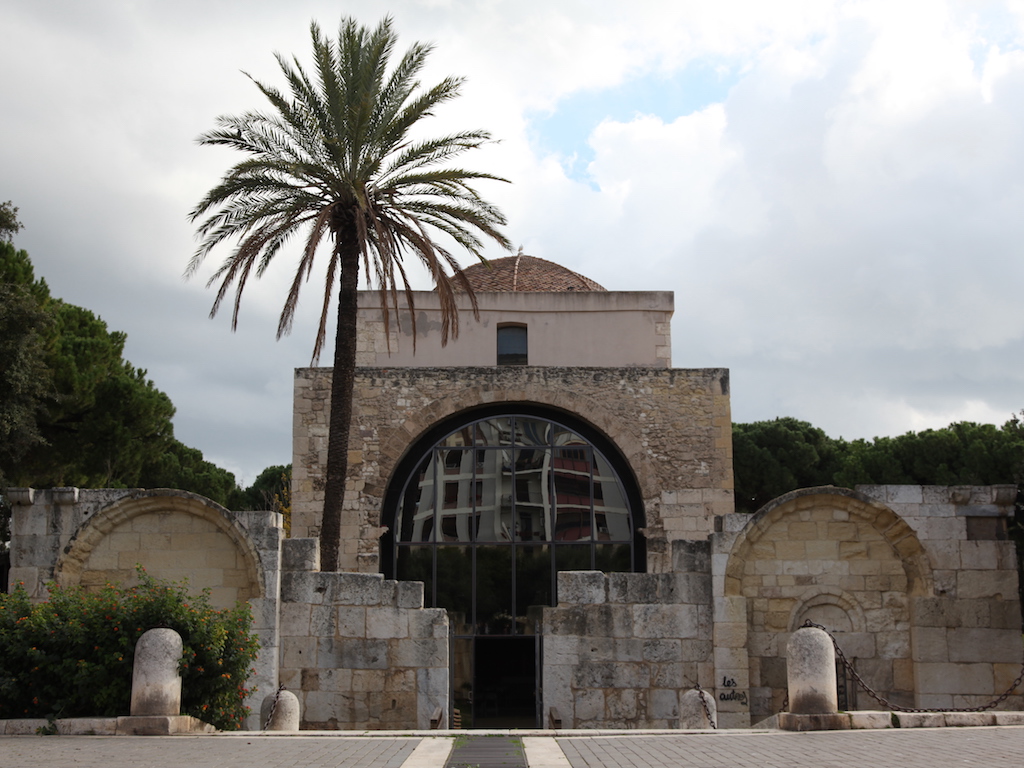Sardinia’s hidden treasures
The museum
Sardinia boast some precious historical heritage, the remains of thousand-year old civilization still visible throughout the territory.

Sardinia is perhaps the most famous Italian region when it comes to wild and uncontaminated nature. Still today, intact ecosystems can be found in many areas of the island. Sardinia can also boast some precious historical and artistic heritage, and the remains of a civilization which developed since the beginning of the second millennium are still visible throughout the territory.
Digs starting in the fifties in various areas of the island have brought about old sites unknown before then: the Pre-Nuragic Altar of Monte d’Accoddi in the area of Sassari shows that a Neolithic settlement had been developed since the second half of the 6th c., including the subsequent creation of a megalithic worshipping area.

The Pre-Nuragic altar of Monte d’Accoddi, Sassari
Between 1950 and 1957 excavations conducted by archaeologist Giovanni Lilliu brought to light the Nuragic village of “Su Nuraxi”. The site, one of the biggest and most important of the territory dating back to the Nuragic Age, held a strategic role within the complex composed of some other 30 Nuraghes in Barumini and was added to the Unesco World Heritage List in 1997.
The Nuragic civilization lasted until the Roman era and the traces visible in the area are not limited to its megalithic buildings, but are also included in the sculptures of Mont’e Prama, mysterious sandstone statues found in western Sardinia, today exhibited in the National Archaeological Museum of Cagliari, together with a series of little bronze statues. Faithful recreations of the sacred spring of Oliena and the Nuragic temple of Villanova Strisaili are displayed in the “Giorgio Asproni” National Archaeological Museum in Nuoro.

Small bronze statue,The National Archaeological Museum in Cagliari
Roman domination, which lasted for about seven years, deeply marked the territory. The city of Porto Torres hosts the Antiquarium Turritano National Archaeological Museum and the ruins of Turris Libisonis, the only harbour in northwest Sardinia which had direct exchanges with the harbour city of Ostia. Ruins of the Roman aqueducts and thermal baths of Porto Torres, which stretched to the Riu Mannu river, are visible in the archaeological area and the river banks are connected by a Roman Bridge which is still intact.
Trades and cultural relations with Rome changed the local rites and introduced the Christian religion: the Basilica of San Saturnino, the oldest Church in Cagliari, was erected after the patron saint had been martyred in 304.

Basilica of San Saturnino, Cagliari
As for the Romans, the Aragonese domination was opposed for a long time but in 1400 Sardinia fell under the political, administrative and cultural control of Spain, and in particular of Catalonia: the numerous altarpieces (Retabli) exhibited in the Pinacoteca of Cagliari (National Art Gallery) are evidence of the Spanish artistic influence on local arts towards the end of the 17th c.
Caprera was the island where Garibaldi spent the last 25 years of his life, choosing a thrifty lifestyle. The Garibaldi Memorial and Compendium pay homage to the Hero of the two Worlds and also host his corpse.

Giuseppe Garibaldi Memorial in Caprera
The Pinacoteca of Sassari (National Art Gallery of Sassari) hosts masterpieces by Sardinian painters Giuseppe Biasi and Filippo Figari, as well as a rich section of graphic works, and the ethnographic collection of the National Archaeological Museum named after G.A. Sanna provides evidence of Sardinian customs and traditions. Fabrics, furniture, jewellery and costumes exhibited according to geographical criteria round out the picture of this ancient land.